
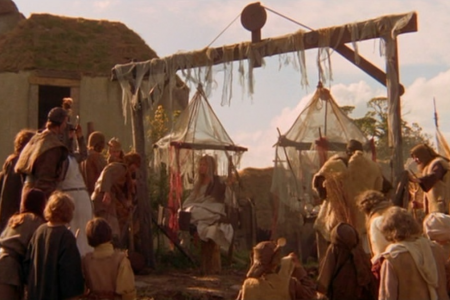

Let’s Talk Scales
Major and minor scales sure are neat, but they aren’t the only scales out there. Maybe you’ve always felt a bit trapped by your world of major and minor but did not know how to escape. Maybe you absolutely love your world and never wish to leave. Either way, I figure I’ll inform you of some other options.
Here are some scales you may recognize:
Some scales you may not know:
major scale
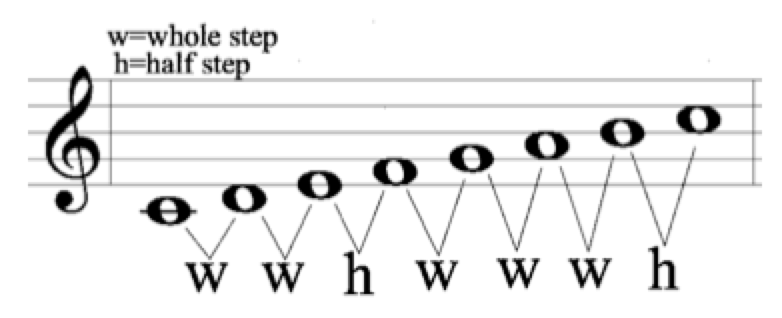
whole tone scale – Divides the octave equally with only whole steps/provides a basis to use symmetrical harmonies ie, the augmented triad.

natural minor scale

octatonic scale – fits 8 notes (oct) into the octave. The pattern of the scale is to alternate whole and half steps. You can start the scale with either a whole or a half step and continue the pattern from there.

harmonic minor scale – raise the 7th scale degree up one step from the natural minor scale

pentatonic scale – 5 notes per octave. This is a very consonant scale and useful for beginning improvisation.
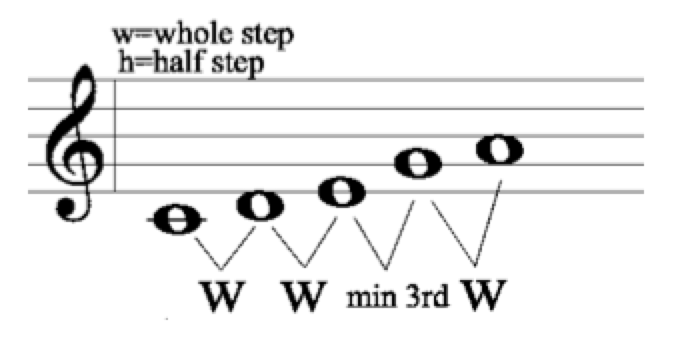
melodic minor scale – Ascending: raise the 6th and 7th scale degrees up one step from the natural minor scale. Descending: natural minor.

Perhaps you are a geometry person more than an algebra II person. Maybe you really dig pattern and symmetry. The whole tone scale is symmetrical, it divides the octave equally. It can also produce a symmetrical chord known as the augmented chord, which is stacks of major thirds ![]() . The octatonic scale is also symmetrical. The intervallic arrangement of the first four notes is the same as the arrangement of the last four notes. The octatonic scale is also known as the diminished scale. Every other note of the scale forms a minor third: stacks of minor thirds are known as a diminished quality.
. The octatonic scale is also symmetrical. The intervallic arrangement of the first four notes is the same as the arrangement of the last four notes. The octatonic scale is also known as the diminished scale. Every other note of the scale forms a minor third: stacks of minor thirds are known as a diminished quality. 
Nicolas Slonimsky (1894 -1995) was a Russian-born, American conductor, author, pianist, composer and lexicographer. He wrote a cool book called the Thesaurus of Scales and Melodic Patterns. If you would like to see how to use these scales and learn about other scales and their tendencies you can check out this link.
score with recording
Voiles is a piece that is part of a book of Preludes. The word voile in French means veil, or sail. A veil is meant to shield or cover an object with some transparency. One can ambiguously see a figure behind it. A sail, like on a ship, also carries vague implications as well. We are going to revisit our friend Debussy for a bit. He utilized the whole tone scale often, as it provides a symmetrical scale which neither implies major nor minor qualities. He may however, write in note-centric or key-centric areas. Note-centric means that you can hear a note frequently, and that other notes surround and imply this note. Key-centric is a similar idea, there may be some V-I motion or a leading tone situation that may imply a key. However the music may not be tonal, or may superimpose other key areas to “fuzz up” the feeling of tonality.
Analysis
Let’s look at the piece Voiles. Voiles is all about ambiguity. The clarity of sectional division in the piece is not very important; it is meant to be fluid. However our analytical minds may be able to decipher a few things. The first important figure is the falling major thirds travelling down by whole steps in the first measure, which implies our whole tone scale, followed by the figure that starts on the double-dotted eighth note in the second measure. There is also a pedal B flat that hits like slow rain drops off of a roof every now and then in the bass.
SECTION A
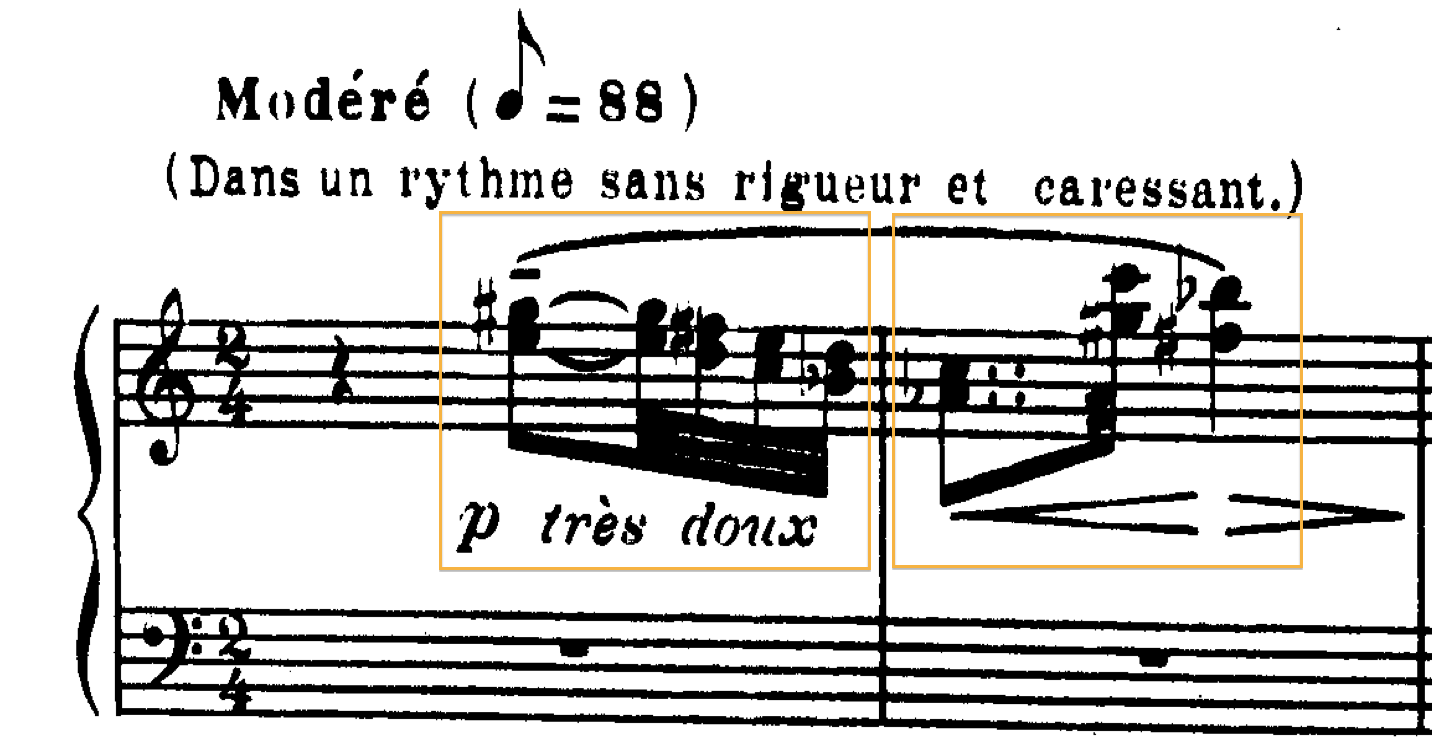
Perhaps you hear things a bit differently in measure 22. We could call this our B section with the material becoming a bit more circular, and less about falling down and coming back up again as it was in the A section (mm 1-21). We can also still see the B-flat pedal.
SECTION B

The C section may hit you quite differently than the others, because Debussy uses a new scale here. Instead of the whole tone scale he uses the pentatonic scale. This section ushers in a sense of direction and goal whereas the whole tone section is more circular. There are some marked differences between the pentatonic section and the previous whole tone sections.
- The pentatonic section explores range in a sweeping manner so it sounds bigger – the notes are closer together and move in a faster gesture.
- There is dynamic contrast – this is the only place we have the dynamic markings mf and f.
- We have a new harmonic palette – pentatonic instead of whole tone.
- E flat seems to have some importance. It feels like home base. It seems the pentatonic melody’s purpose was to get us to this point.
- Maybe you can point out some others?
SECTION C
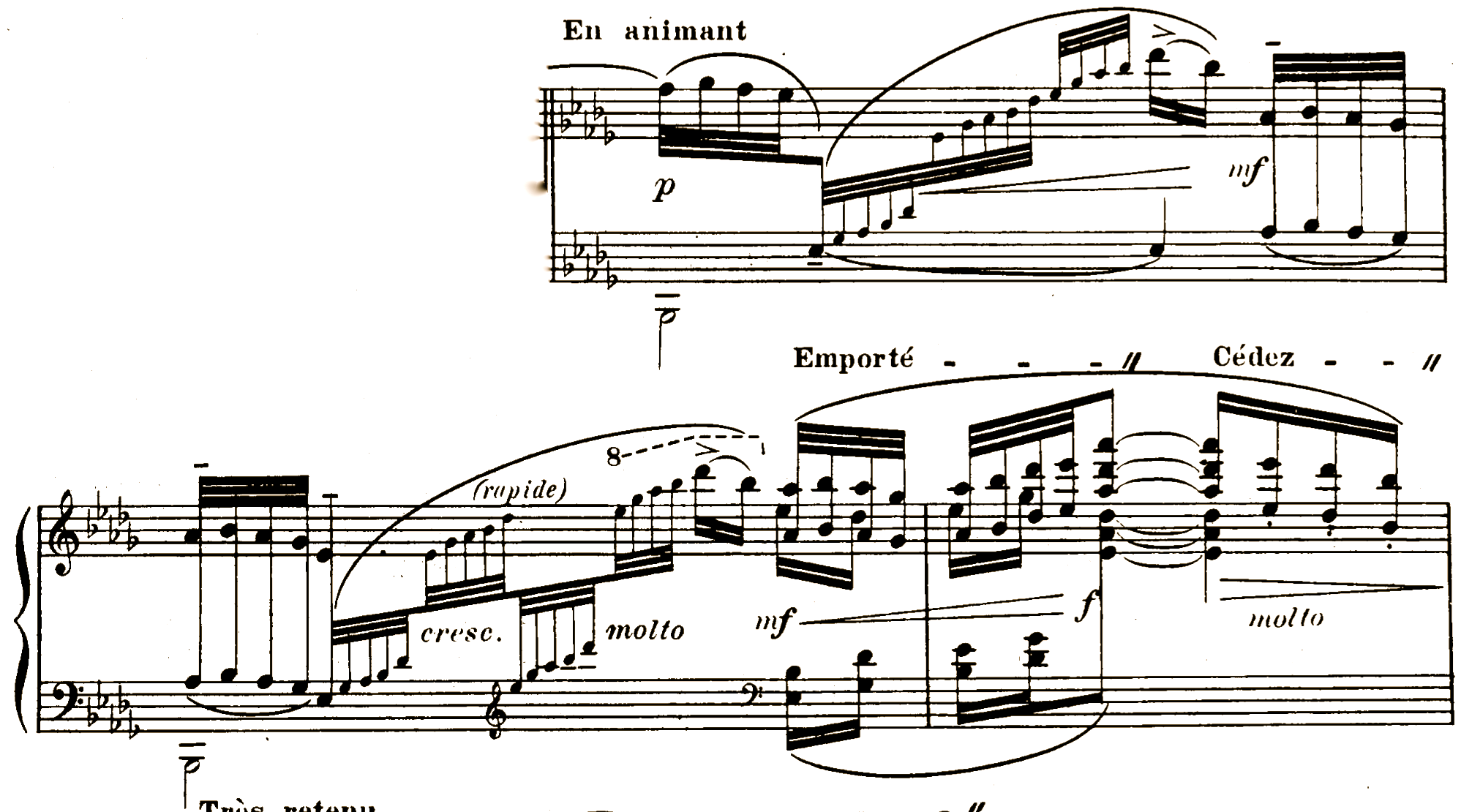
At measure 48, we are back in whole tone land. You may see this material as related to A, but not exactly the same – so we’ll call it A’ (A-prime).
SECTION A’

At measure 58 we are back to the beginning motive. We can call this A because of the original motivic return. If you see things differently that is quite alright, and I encourage you to do so. Talk it over with your teacher or a friend and see if you can make a good argument for your case.
SECTION A

Assignment
Write at least 16 measures utilizing the whole tone scale. Write another 16 measures using the pentatonic scale. If you find interesting material arising from this exercise, you may wish to think about small form and create a piece. Consider form as an overall structure or plan for your piece. Form describes the layout of a composition as divided into sections. Let’s say you enjoy your whole tone exercise, this could be your A section, and your pentatonic section could be your B section, and then to end the piece you wrap up by going back to the whole tone section – this would be A again. So overall you could have a piece resembling the form ABA or ABA’.
